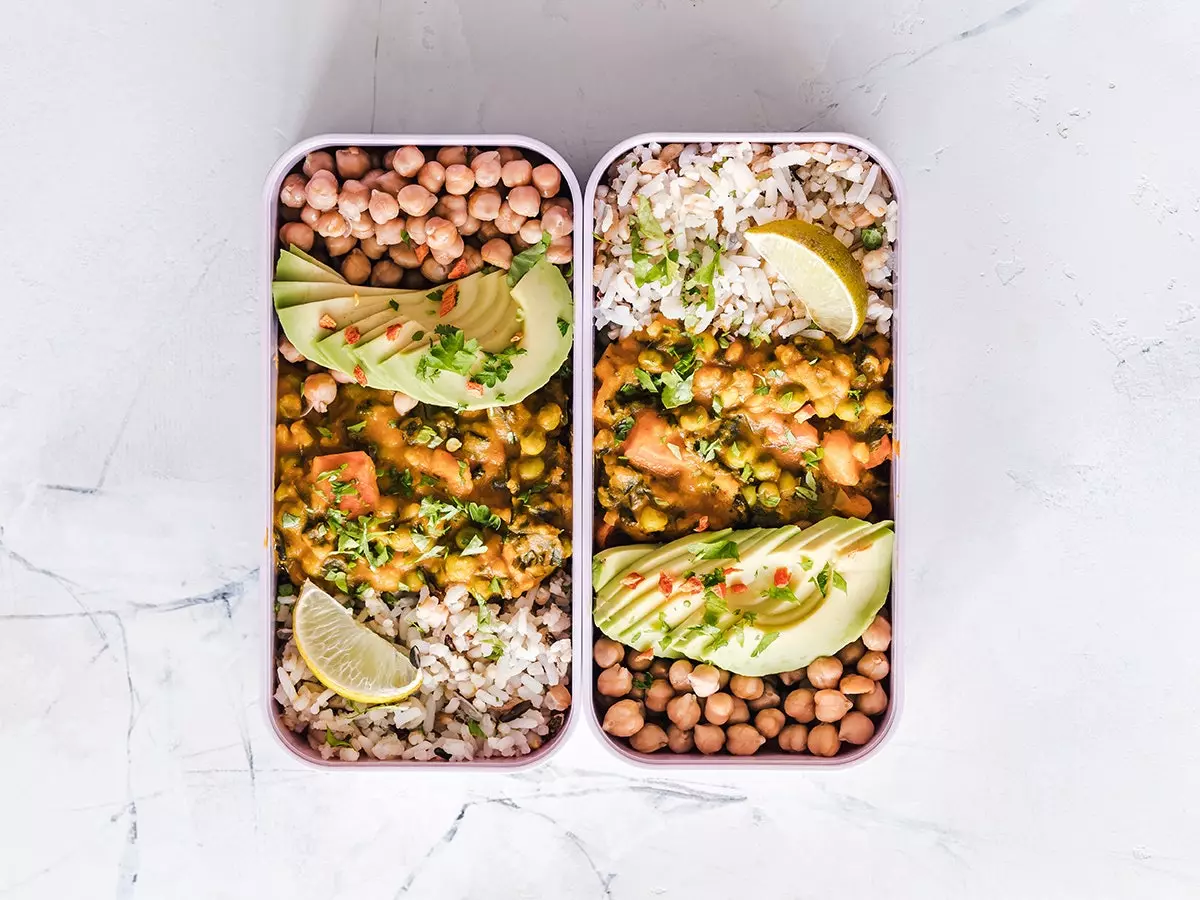
Cooking from the neighborhood for the neighborhood
The premises of prepared food to go committed to your environment have become an option simple, healthy and affordable in uncertain times. The gastronomy of scarcity never been so satisfying.
The one of scarcity is a kitchen that does not make headlines . It was barely a murmur in the media just a few months ago and little more than an attempted childish whistle in the restaurant industry. You had to look far away and squint your eyes to see it. We saw it on the other side of the Atlantic and on the other side of the Mediterranean. Always on the other side.
It wasn't true that he was so many degrees apart. The coronavirus crisis has shown it . Not even so many years ago: post-war cuisine in Spain is not that old. The reality of our waters today continues to miss its fish. Food waste remains a pending task for Spanish legislation . Hunger survives. Always.
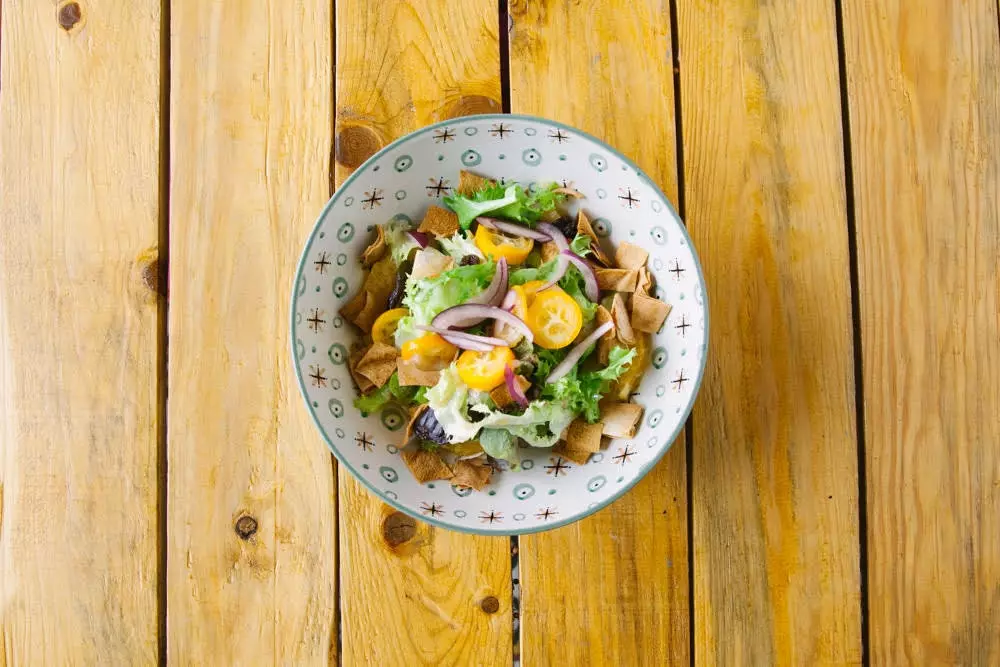
Kitchen of use in Valencia
Is there a restoration model that responds to the gastronomy of scarcity ? A shortage restaurant It is a difficult concept to define. It can pass for a street kitchen, but only when the dust rises on the street. This is the case of Venezuela, where, as the anthropologist ocarina castle last September during the congress on the gastronomy of scarcity organized by The Foodie Studies, there is a "food violence" in which citizens must “ learn to eat and not to be eaten every day”.
A restaurant of scarcity can also go through sustainable cuisine, use and proximity . However, so are Azurmendi by Eneko Atxa, Aponiente by Ángelo León or Les Cols by Fina Puigdevall with tasting menus ranging from 120 to 220 euros. Other establishments, such as Ca Na Toneta in Majorca, Sempronian in Barcelona or O Fogar do Santiso with their five establishments in Galicia they move around the same philosophy and with more affordable prices. Nevertheless, They have bigger infrastructure. which also require more resources to maintain.
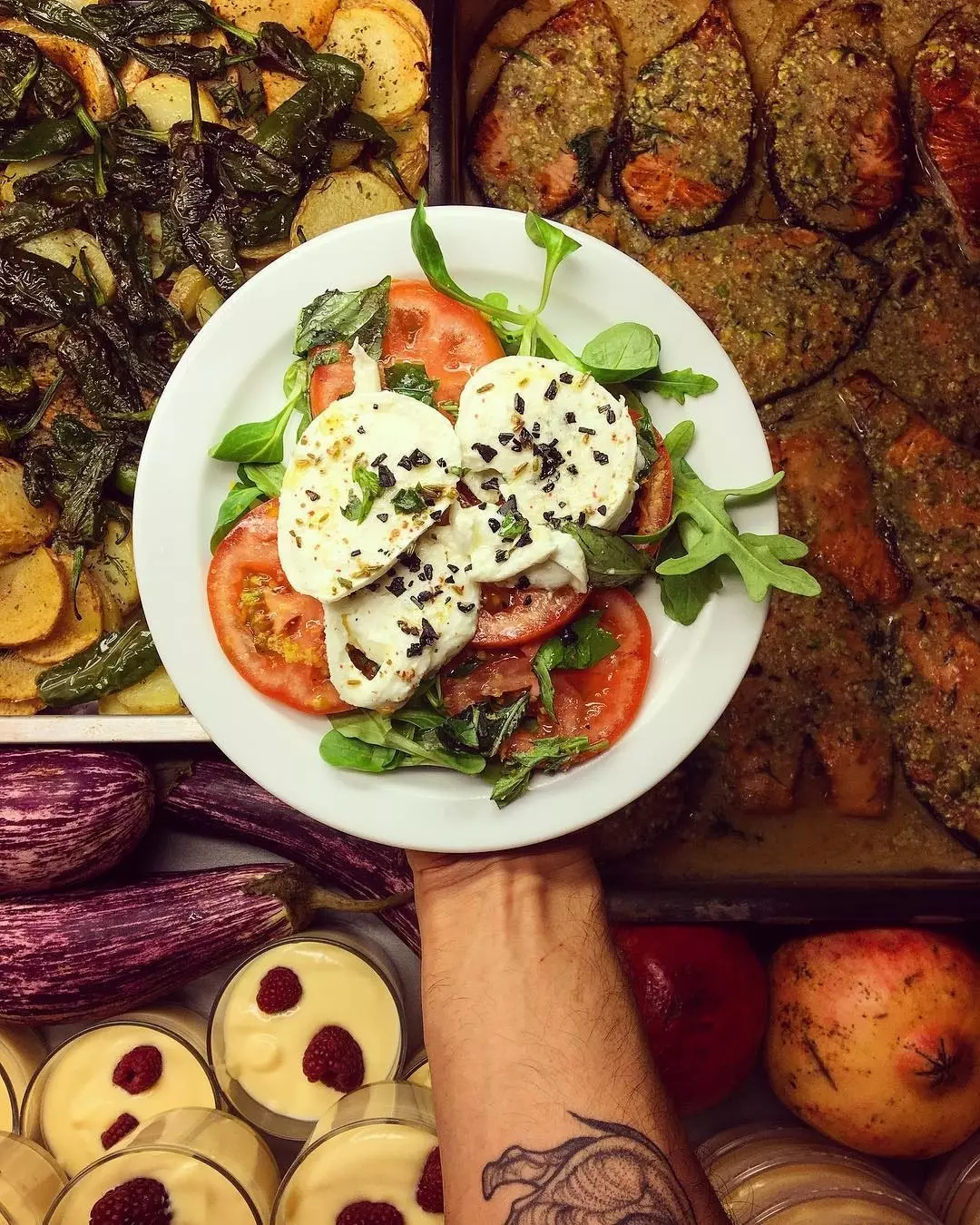
Les Tres a la Cuina
There is, however, a business model that went unnoticed for the children of tourism and that recovered and modernized a concept as domestic as that of homemade takeaway . They are those places -sometimes with a tasting table- that make every day dishes with local ingredients but with international touches that make up a affordable, simple, healthy and measured menu of the day to avoid waste.
His territory is the neighborhood. His clientele is the neighborhood . However, its model is not the same as that of many other takeaway establishments where trays of salads, croquettes or meatballs with tomato remain behind the display case for a whole week. They don't turn and turn and turn roasting chickens on a gas grill behind the counter. Ingredients do not travel thousands of kilometers or stop at stations that do not belong to them . "It's a relatively new concept," he explains. Yanet Acosta , gastronomic journalist and director of the aforementioned congress on the gastronomy of scarcity, "these are establishments that have to be reduced to a minimum, with very little space and with menus that are running out, of basic homemade food that incorporates diverse palates, like the reality of now".
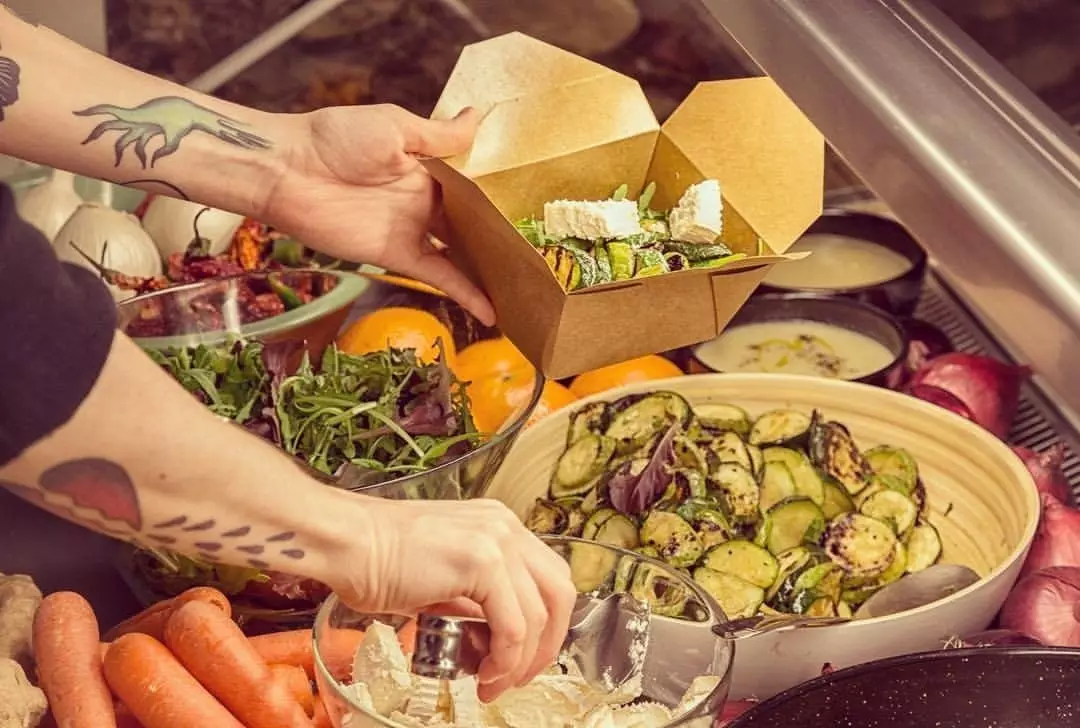
Les Tres a la Cuina
"MAKING A NEIGHBORHOOD FROM THE NEIGHBORHOOD"
lola beneyto She worked in a decoration store in the Salamanca district of Madrid, but what she wanted was a hotel business. Neither her budget nor her family situation allowed her access to a large premises or a routine of seventeen hours of work. She liked to cook and was committed to doing it " she in an honest eating house with ingredients that she bought in the neighborhood to make the neighborhood ”. So she opened The Little Place of Novitiate in 2019.
Theirs are takeaway meals, although they have a small patio with tables that the neighbors raffle , mostly in summer. Offers a simple menu in which for 10 euros there is room for a soup or cream , a dish that combines vegetables, protein and carbohydrates and a dessert or drink. The combined plate can be replaced by a dish of the day, she calls it "forceful", always in season and made with products bought from street businesses.
In winter the stews shine Pairing: lentils with turmeric, chickpea stew. In summer cold soups, such as fig gazpacho with jalapeño and mint, and salads such as watermelon, feta cheese and mint. She always has a plate of pasta that accompanies, for example, with walnut, orange and dried tomato pesto – “we must not lose coquetry in the kitchen”, she says with amusement. Also Homemade lemonade.
Every morning he walks around the neighborhood to buy the ingredients that he is going to use that same day, nothing more . in the little place nothing is thrown away . The restaurant world is adapting to this new game board, rethinking models, writing futures. And the gastronomy of scarcity passes, among other things, through reduce waste.
Students, self-employed workers, older people who take their stew home come for their dishes, "because for 7 euros a married couple eats." Among his goals was that his food be "accessible to everyone." And what if it has been. Before confinement, he offered a communal pot: he always had a plate of stew for whoever needed it. During the first lockdown served more than 200 meals a day together with Casa 28 de Malasaña . After it, he established what he calls “ the pending menu ”. Most of their customers are regulars and they stamp a card every time they come . At the eighth meal, he gives them a ninth. And that ninth, now, is saved for those who cannot pay it . “We have to take responsibility for what surrounds us and value what we have, even if it is little. We need to feed ourselves, but we also need warmth. And homemade food is hot”.
A POSITION IN THE WORLD
They know this too Paqui Montoya and his children Nacho and Sara Ramos , who from his place in full Gracia district of Barcelona they take care of the feeding of their clients with a balanced menu made with local and seasonal products . "We must cook with conscience because it is an activity that involves many parties: from the one who grows, the one who distributes, the one who cooks, the one who consumes," Sara comments by phone. They know they are part of the chain and take responsibility for it, "like everything in life, it has a lot to do with your position in the world ”, She reflects.
They buy from small suppliers whenever they can, grains in bulk, their lettuce comes from a small organic cultivation of the Maresme. And they cook just enough: “When the rations run out, it's over. And if there are any leftovers, we eat them for dinner”. The use kitchen is something that seems to come to light now, like the batch cooking , “but our grandmothers have been doing it all their lives. We have transferred what was done at home to a business that is still just as familiar”.
His display case changes appearance daily. . offer two starters, two seconds and two desserts to choose from for 10 euros -with some supplement depending on the dish-. Baked cauliflower with turmeric, raisins and onion, green beans with edamame and orange tahini sauce, baked salmon with pomegranate molasses and sumac, beef ragout, creams, burgers with vegan, vegetarian and gluten-free options. "Ours is an inclusive kitchen," explains Sara, who acts as the manager of the establishment.
During the pandemic, from Les Tres a la Cuina , like Lola del Lugarcito, remained at the foot of the canyon. They were associated with Mensakas delivery cooperative to bring their food to some refugee squats and joined the initiative Health Warriors that distributes dishes prepared by restaurants to people in need.
A PLATE FULL OF ENVIRONMENT
A scarcity restoration model must have an interest in relating to the environment and being present in it , "of cut out the middlemen and work with local producers”, comments Dario Riccobono, coordinator of Al-Paladar , a tavern and take away from Valencia that has a kitchen of “ slow and responsible cooking”.
Their fruits and vegetables come from Vorasenda , a Valencian agroecological project that from its own garden works for food sovereignty and the strengthening of the agricultural system of the area. Last year animal protein was introduced in the Al Paladar menu and since then they have been working with extensive livestock producers in the area who offer quality meat at competitive prices.
They guarantee the traceability of all their products, which are always in season . And their menus, made up of a first and a second to choose between two options, cost €5.50 to take away and €8.50 to eat on the premises, in the latter case, with dessert included. Something that since 2005 has positioned them as the favorite option for students, workers and retirees in the Benimaclet neighbourhood.
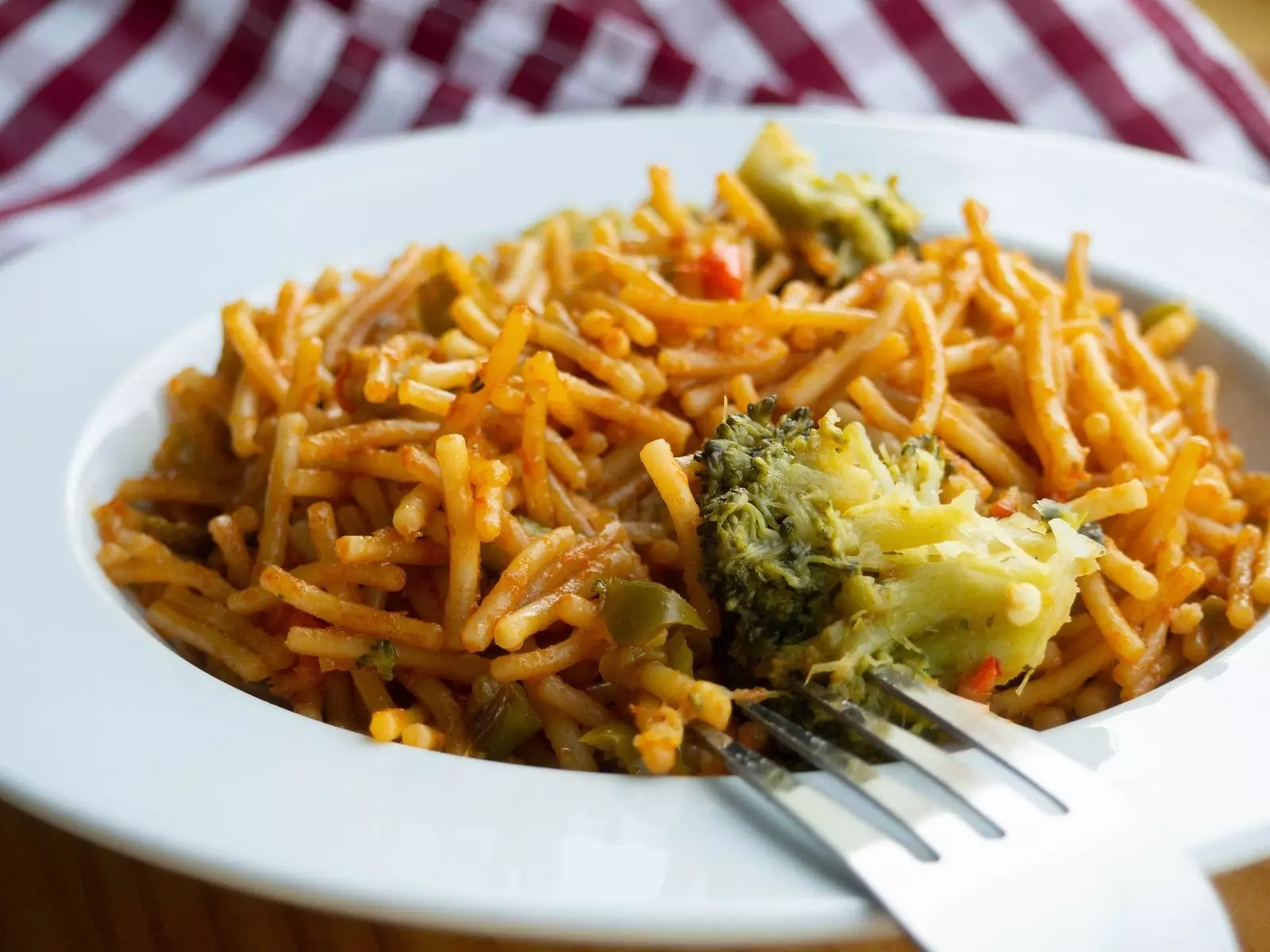
Fideuá from the Foodtopia garden
"Sometimes we generate mistrust in a public with greater purchasing power by the fact that they are not expensive," says Riccobono, "but It's about cutting out the middlemen. ”. And to commit to this business model. Its vegetable pâtés, its chickpea stews with vegetable couscous, its creams, such as the one with fennel and pears, its paellas or its meat stews mean that even in times of economic uncertainty, Valencians return to dwelling in restaurants like this one after the pandemic, "although during it we have discovered that we can also eat at home". The key, in the experience: “ Now what is more valued is what is direct, what is honest, what values a homemade and familiar way of working ”, reflects Riccobono.
Throughout the Spanish geography there are other establishments that share the same philosophy. La Mare de Tano in Pablo Nou (Barcelona), La Camelia in Bilbao or Foodtopía in Murcia are other alternatives that offer an accessible daily menu, a healthy menu of the day, use , multicultural as the neighborhoods. A menu of the day that is part of a concept of the gastronomy of scarcity that could well be one of commitment and that, moreover, does not lose sight of what is pleasant.
“From very little you can get great moments ”, he concludes Lola Beneyto from El Lugarcito Madrid . And we must cling to them, as Mary Frances Kennedy Fisher wrote in How to cook a wolf, “in times of peace or war, if we want to continue eating to live”.
